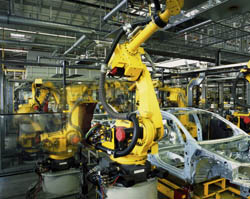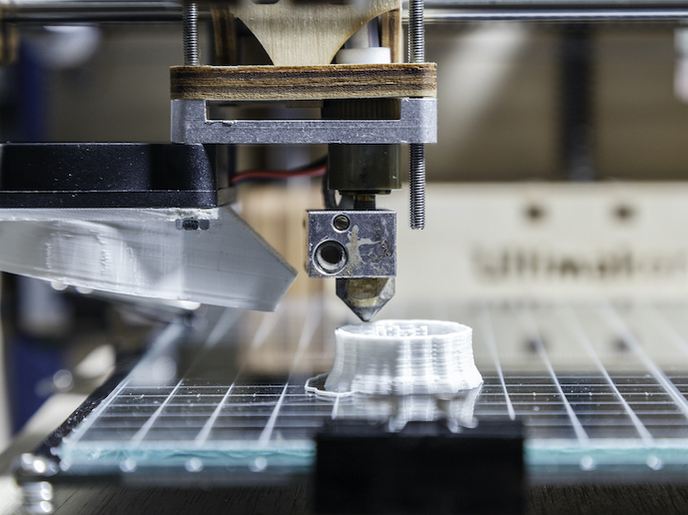Computer-aided engineering to speed up automotive design
Technological advances made in recent years have facilitated the replacement of physical prototypes in the automotive industry with a computationally aided product development process (PDP). For Europe to retain its competitiveness in car manufacturing, it needs to increasingly adopt such virtual prototypes and optimal design techniques in order to reduce the lead development time. Numerical simulation methods such as computational fluid dynamics (CFD) are required for computationally aided engineering (CAE). However, the potential of CFD in industrial design optimisation has been hampered by the lengthy computational run times. Recent studies in the aeronautics industry have shown that CFD optimisation workflows based on adjoint methods can overcome such shortcomings, significantly reduce the lead development time in the PDP and improve performance and quality, reduce environmental impact of the product. The EU-funded 'Fluid optimisation workflows for highly effective automotive development processes' (FLOWHEAD) project focused on developing such adjoint solvers for CFD problems in the automotive industry, and integrating them into the design workflow. The ultimate goal was to speed up the design process thereby improving its labour and cost effectiveness. As a first step, the consortium advanced the capabilities of existing solvers and also generated new automatic parametrisation methods. In order to assess the performance of the new methodologies under 'real-life conditions', researchers successfully implemented them into the PDPs of leading car manufacturers and software vendors. Applications in various test cases such as external vehicle aerodynamics, side mirror acoustics, climatisation ducts and electric vehicle battery cooling were identified. Application to these cases demonstrated significant reductions in lead time, thereby offering a viable solution for the car development process. Overall, the FLOWHEAD project illustrated the full potential of CFD in the automotive industry and its results could contribute to sustaining Europe's position in the field. Further research is carried out in the follow-on project “About Flow” funded by the EC.







